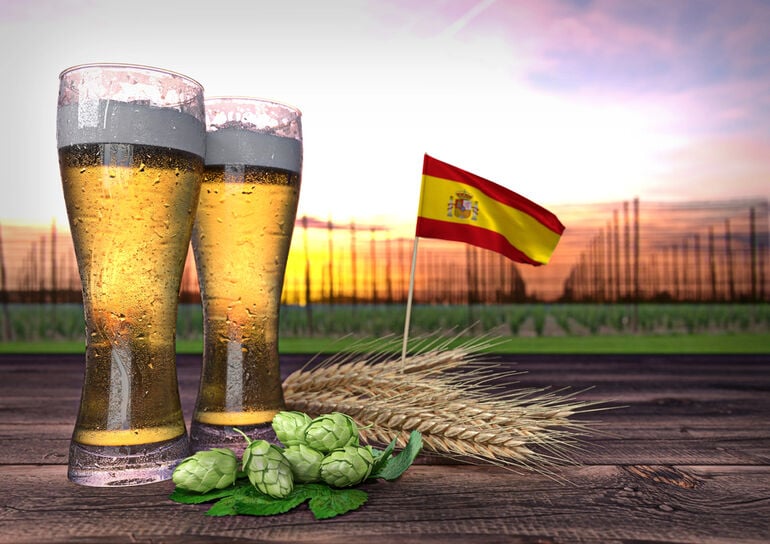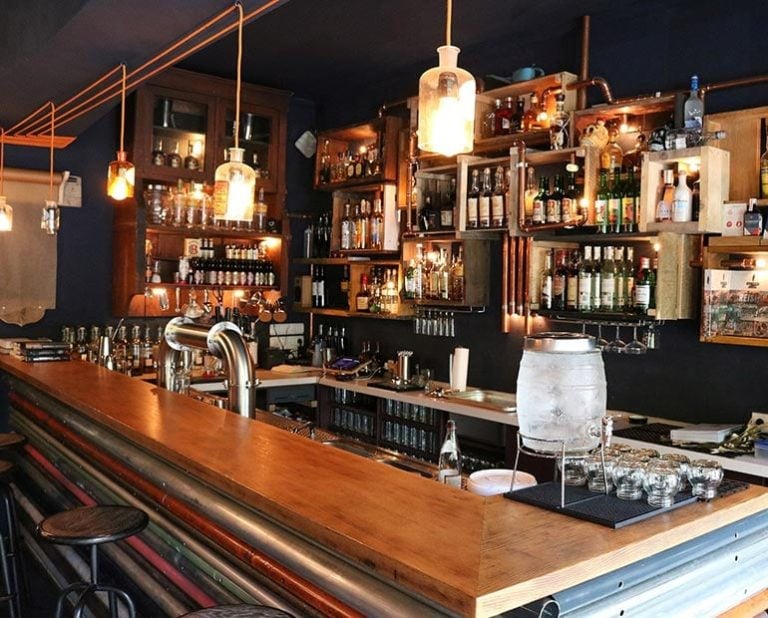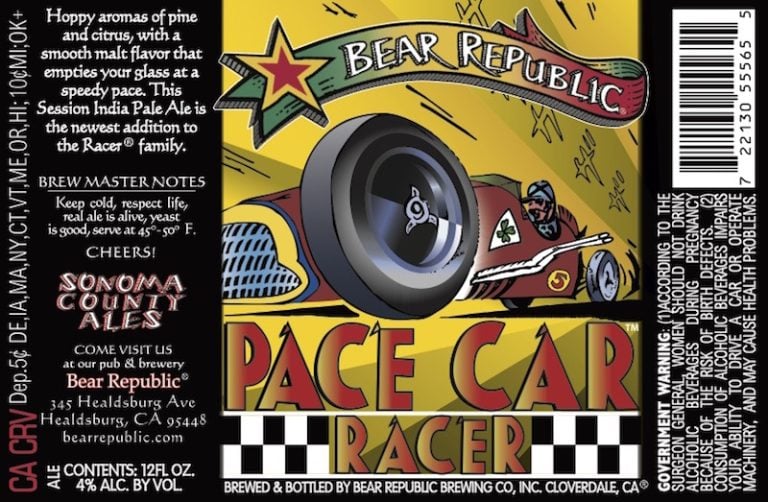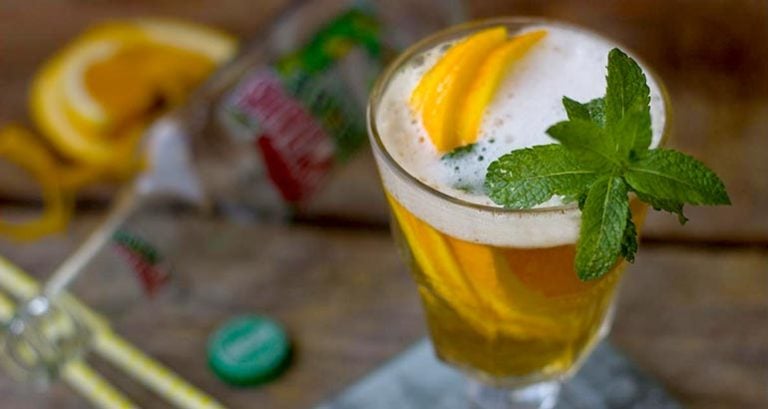Why Spain Is An Underrated Beer Destination
Discover the Unique Flavors of Spain’s Emerging Beer Scene with Rich Traditions, Local Ingredients, and Regional Craft Breweries Transforming the Country’s Beverage Landscape.

Known for its wine and sangria, Spain is often overlooked as a beer destination – in part because of its heavy hitting neighbors, like Belgium. Although its handful of macrobeers certainly has a hold in European pubs, its craft scene is on the rise.
Spain’s beer scene today is very different to what it was 15 years ago. In fact, it’s very different to how most people imagine. But once you understand its strong historic brewing, a strong foundation is apparent, particularly in the north of Spain.
The Rise of Spanish Craft Beer
Spain’s craft beer revolution has gained serious momentum. As of 2024, the beer industry more widely is on track for a projected market increase of $6.7 billion by 2029.
The craft beer trend has introduced a variety of styles that challenge the popularity of its crisp, mainstream lagers. Small, independent brewers are exploring local ingredients and traditional techniques to create unique beers that reflect Spain’s regional diversity histories.
Though small breweries contribute only 0.34% to total beer production, they’re a growing segment. Plus, this is the percentage of volume output, not the revenue (which is higher because craft beer costs more). This rise in craft beer has also influenced major breweries too, encouraging them to expand their offerings.
Northern Spain’s Historic Brewing Traditions
In Northern Spain, regions like Asturias and Galicia hold a long brewing heritage that stretches back centuries. In Asturias, ancient brewing practices are still alive, with some breweries continuing to ferment beer in chestnut wood barrels, giving it a unique aroma. This method adds distinct, earthy flavors to the beer.
Galicia’s brewing history is closely linked to its Celtic roots, with ancient recipes now being rediscovered and adapted by today’s craft brewers. Local ingredients like chestnuts and honey are commonly used, creating a depth in its flavor profile.
The renewed interest in these historic brewing practices has been the foundation for Spain’s modern craft beer movement. Many people are beginning to visit the north of Spain for this reason, or incorporate brewery tours on their Santiago Ways walking routes.
For example, it’s very common for those walking on the Portugese Fisherman’s trail to stop off at vineyards and wine tasting evenings – the two go hand in hand. But there’s no reason why a Camino de Santiago trail into northern Spain can’t be detoured with visiting some hop fields, visiting microbreweries, and simply enjoying the different regional tasting beers as you walk from one to another.
Spain’s Unique Beer Ingredients and Terroir
The diversity of regional beer styles is becoming more noticeable, with brewers drawing from local culinary influences. For example, some Basque brewers are experimenting with cider yeast, while those in Catalonia are adding wine grapes to their brews. And, if you are in Portugal, it’s certainly worth getting to grips with their local vineyard practices.
Spain’s incredible wine culture also influences its beer-making, and it’s for the better. The main way this has manifested is through barrel-aging. Craft brewers are maturing their beers in wine or brandy barrels, which brings additional layers of flavor to their creations.
Wild fermentation is all the rage right now, with brewers using native yeasts and bacteria to produce funky, sour beers. These reflect the nation’s microbial terroir, and it’s giving these beers a genuine sense of place that can only be found in Spain.















Comments 0
No Readers' Pick yet.